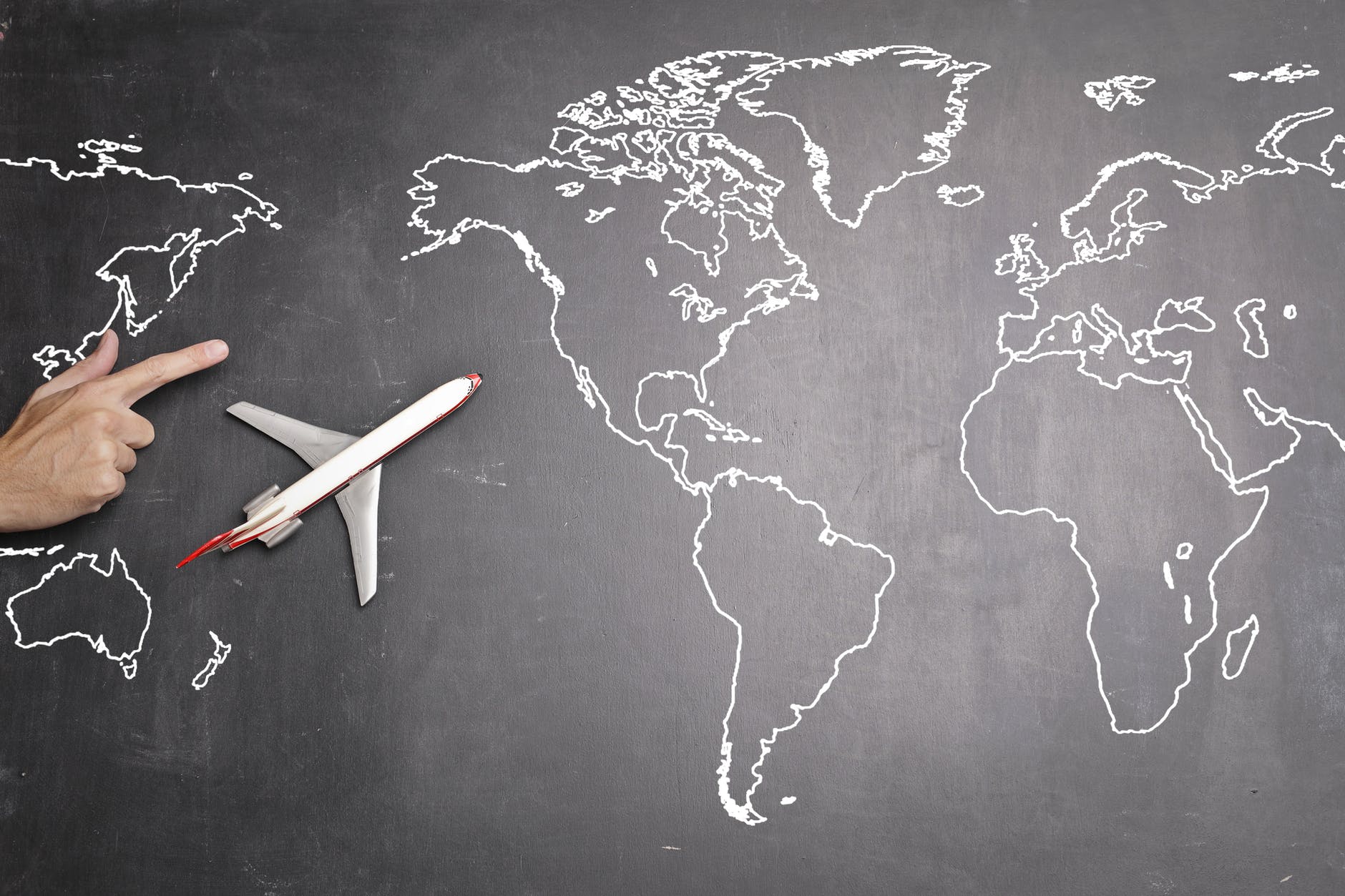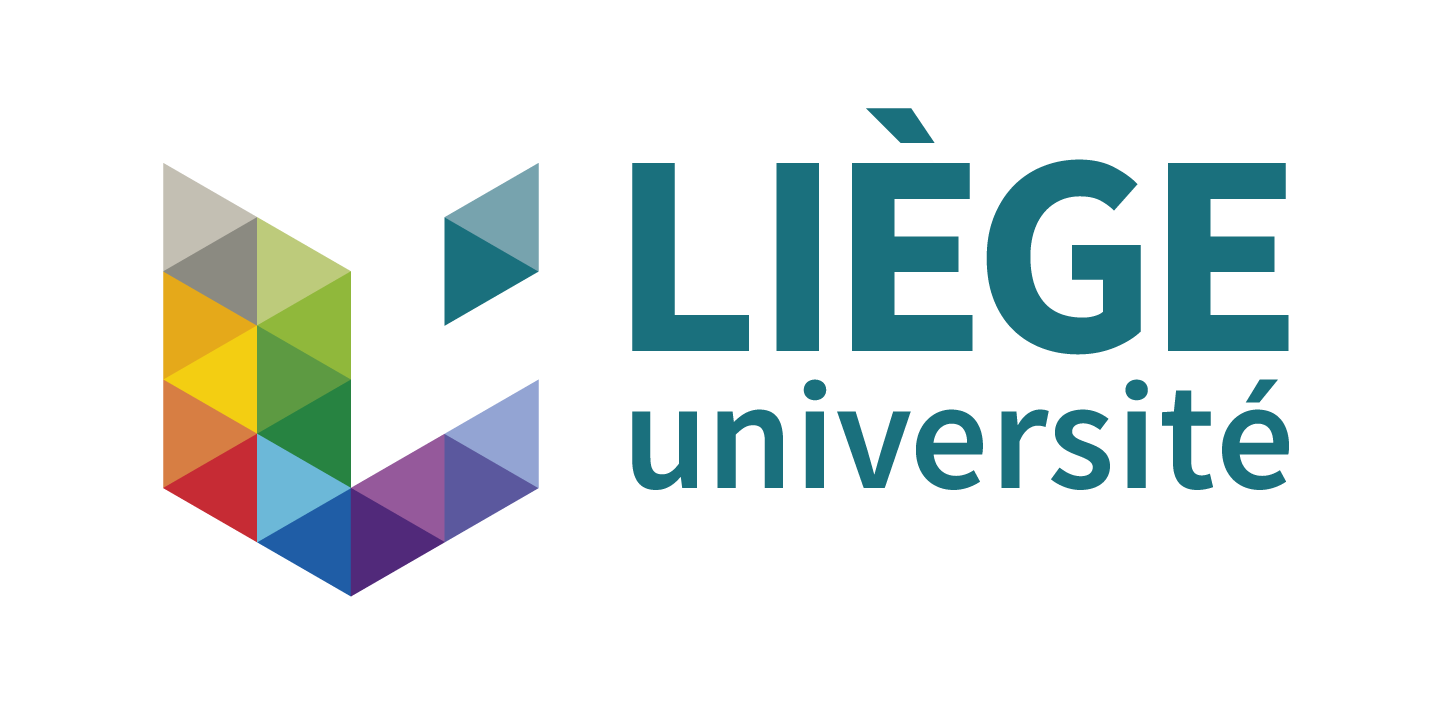The importance of Mine Ban Treaty Article 7 Reporting for the implementation of the Oslo Action Plan
by Lode Dewaegheneire, researcher at the European Studies Unit, ULiège
1. Introduction
At the 4th Review Conference of the Mine Ban Treaty in November 2109, States Parties adopted the Oslo Action Plan (OAP)[1]. With this Action Plan, they reaffirmed their commitment for a world free of mines and provided guidance for the implementation of the Convention during for the period of 2020-2024.
The OAP is innovative in many ways, from the establishment of best practices for implementation to the development of indicators in order to monitor progress.
As indicated in the introduction of the Appendix, “States Parties’ annual Article 7 reports will serve as the main source of data to assess progress”.
This article will analyze whether the OAP addresses the importance of Article 7 reporting sufficiently and formulate recommendations to make Article 7[2] an efficient instrument in the implementation of the OAP.
2. Article 7 reporting in the Oslo Action Plan
While no specific chapter has been dedicated to Article 7 in the OAP, the Plan contains multiple actions related to it.
“Transparency and the exchange of high quality and accurate information in line with the Convention obligations” have been identified best practices key for the implementation of the Convention.
States Parties will “provide quality information on progress and challenges in implementing the Convention, including on cooperation and assistance, by 30 April each year in line with Article 7, employing the Guide to Reporting[3], and during formal and informal meetings”.
The actions regarding reporting are legal obligations (as foreseen in the Convention), politically binding (as decided by the States Parties during Review Conferences) or on a voluntary basis (as encouraged during Meetings of States parties) through both formal channels, foreseen by the Convention, as informal ways during the Convention’s meetings.
Other reporting actions are mentioned in the different thematic chapters: stockpile destruction and retention, clearance, mine risk education, victim assistance, and cooperation and assistance. States Parties engage themselves to report on the progress made and challenges met in implementing those Convention’s obligations.
While there is no legal obligation for reporting on victim assistance and cooperation and assistance, extensive provisions are foreseen in the OAP. The importance of having reliable and comprehensive data on these topics has been acknowledged for a long time and are strengthened in the OAP.
Reporting is prominently present throughout the whole Action Plan, however, seen the importance of it for the implementation, a specific chapter could have been dedicated to it developing a specific action plan (see recommendations below).
3. Article 7 reporting and the OAP Indicators
While the actions on reporting in the OAP are not really innovating and similar, although sometimes strengthened, as in previous Action Plans, it is worth noting that the OAP innovates by developing indicators for monitoring the progress in implementing the Action Plan.
“The information submitted in the States Parties’ annual Article 7 reports will serve as the main source of data to assess progress”. The importance of the Article 7 reporting for the implementation of the OAP couldn’t be more explicitly mentioned. Through this indicators States Parties express the will to use Article 7 reporting as a management tool. Similar to the actions, reporting is mentioned explicitly or in thematic indicators.
More than 40 (!) indicators are mentioning “the number of States Parties that report…” or “Article 7 reporting”, emphasizing the importance of accurate reporting. This also means a double challenge: making sure that States Parties are reporting and making sure that those who report, report on those subjects.
4. The “Guide to Reporting”
In Action #8 States Parties engage to take action to provide quality information employing the (2015) Guide to Reporting.
This Guide was adopted at the 14 MSP with the aim to “consolidate and streamline over 16 years of decisions on reporting by providing updated and simplified advice on how States Parties may fulfil their reporting requirements”. This was necessary since States Parties took about 70 decisions on reporting between 1999 and 2014.
The Guide allows States Parties to report in a more “prosaic” way, stimulating them to provide, mostly on a voluntary basis, more information on challenges and assistance needed. The schematic approach and examples included make it a very useful tool for those States Parties with outstanding obligations. But it can also be used by other stakeholders to assist them in fulfilling their reporting obligations.
The call to use this guide is therefore very relevant and, in my opinion, a conditio sine qua non for a successful implementation of the AOP.
5. Recommendations
Article 7 reporting is the key element in monitoring the progress in implementing the Oslo Action Plan. Only timely and complete high-quality reporting can deliver the needed data for assessing the indicators mentioned in the Annex of the OAP.
In order to reach these goals, we would like to make following recommendations:
a. Advocacy
The importance of timely reporting for the Convention, in general, and the OAP, in particular should continuously been promoted. This has been done in the past, and is still done till a certain extent, during the Convention’s meetings. Interventions from different stakeholders, be it States Parties or civil society, urge States Parties, and more particularly those with outstanding Convention obligations, to report in a timely and comprehensive way. While this should continue, more stress could be put on the opportunities offered by reporting for States Parties in need for assistance. The OAP also makes clear that reporting is very helpful as a management tool. Making clear to States Parties that reporting is not a burden but that it can help them in implementing obligations will certainly contribute to a higher reporting rate.
Reporting is not only a legal obligation, but also an opportunity and a management tool.
Below more on how this can be re-dynamized.
b. Assistance
Assistance and cooperation have an important place within the Convention. Why not extend it to assistance in compiling and submitting initial and annual reports? The Convention’s ISU offers assistance to States Parties in article 7 reporting. But their resources are limited and they may not be in a position to have the same influence as other States Parties might have by conditioning financial and in-kind assistance to better reporting. Civil society is also assisting States Parties and are doing a good job in States where they are active.
These initiatives have certainly contributed to better reporting, but in the light of the OAP and indicators, a more structured and coordinated approach might be needed. The establishment of a comprehensive action plan, with a coordinated approach between all stakeholders, specifically targeted at article 7 reporting would be greatly beneficial to reaching the objectives of the OAP.
c. The 2015 guide to reporting
While the States Parties explicitly engage in using this updated guide (#action 8), very few did since its approval in 2015. For the reporting on year 2108 only 16 (on 87) States Parties used, in different degrees, the guide.
There might be confusion about the use of reporting templates. Most States Parties still use the template recommended for use at the 1 MSP[4] (as amended at the 2 MSP[5]). However, the updated guide is introduced as “replacing previous reporting formats…that can be applied in a flexible manner”. The aim was to leave room for a more “prosaic” way of reporting without being stuck within a rigid template.
Clarity should be provided about the way of reporting. The new guide provides the opportunity to those States Parties with outstanding obligations to report in a comprehensive way and to express the challenges they meet and the assistance needed. Other States Parties can, with minor modifications, follow the adapted guide. Uniformized reporting will also allow better monitoring and analysis.
d. Article 7 reporting and the Convention’s machinery
At the 3 RC in Maputo, States Parties decided on the implementation machinery for 2014-2019. In this new machinery, there is no longer a coordinator for the informal Contact Group on Article 7 reporting.
Since then, the President of the MSP has the mandate to “take the lead, in consultation with the Coordinating Committee, with respect to any issue related to the pursuit of the Convention’s aims other than those related to the mandates of the above-mentioned committees[6]”, which is supposed to include transparency and exchange of information.
While it is understandable that States Parties aimed at rationalize the machinery by adapting it to the evolving needs of implementing the Convention, it is sure not very ambitious in the field of Article 7 reporting. The actual machinery doesn’t reflect the importance given to reporting and might not be efficient in the light of the implementation of the OAP.
If States Parties are serious about the innovative approach of the Action Plan, they should allocate sufficient means to make Article 7 reporting the tool in monitoring progress.
The President should be supported on this topic by re-establishing or creating an exclusive (informal) position, be it a coordinator of an informal contact group or a friend of the president. The position could coordinate all efforts in advocacy and assistance in the field of Article 7 reporting in order to obtain all necessary data for monitoring the progress in implementing the OAP.
6. Conclusion
By innovating in the Oslo Action Plan, States Parties engaged in more strictly monitoring the implementation of the Plan. Monitoring needs comprehensive and high-quality data obtained through States Parties’ Article 7 reporting.
This means that this has to be taken more seriously if they want to succeed. “Kind” reminders and “gentle” statements on the importance are no longer sufficient.
As for the OAP itself, an innovative, coordinated, approach is necessary to ensure the collection of all relevant data: a comprehensive program aiming at advocating, assisting and promoting the updated guide under the coordination of an informal position under the mandate of the President.
The Oslo Action Plan gives an important, essential, role to Article 7 reporting but it needs to be taken seriously and disserves all necessary resources to succeed.
[1] ALPC/CONF/2019/5/Annex II (https://www.osloreviewconference.org/fileadmin/APMBC-RC4/Fourth-Review-Conference/OAP-final-advance-copy-12Dec2019.pdf)
[2] “In accordance with Article 7 of the Convention, each State party is under obligation to report to the Secretary-General of the United Nations as soon as practicable, and in any event not later than 180 days after the entry into force of this Convention for that State party on various aspects of implementation.
The reports shall contain information on:
(a) national implementation measures;
(b) stockpiled anti-personnel mines;
(c) location of mined areas;
(d) types and quantities of mines retained for development and training purposes;
(e) status of programmes for conversion of mine production facilities;
(f) status of programmes for destruction of anti-personnel mines;
(g) types and quantities of destroyed mines;
(h) technical characteristics of all produced anti-personnel mines;
(I) measures to provide effective warning to the population in relation to mined areas.”
[3] APLC/MSP.14/2015/WP.2 ( https://www.apminebanconvention.org/fileadmin/APMBC/transparency/art7-reporting/Guide_to_reporting_EN.pdf )
[4] APLC/MSP.1/1999/L.4 (https://www.apminebanconvention.org/fileadmin/APMBC/MSP/1MSP/1msp_reporting_formats_en.pdf)
[5] APLC/MSP.2/2000/L.6 (https://www.apminebanconvention.org/fileadmin/APMBC/MSP/2MSP/Summary/2MSP_Pres_Paper_Art7_E.pdf)
[6] APLC/CONF/2014/4/Annex III (https://www.unog.ch/80256EDD006B8954/(httpAssets)/F90DDFAB7CB36328C1257E620051765A/$file/APLC+CONF+2014-04-ENGLISH-1502201E.pdf)



No responses yet